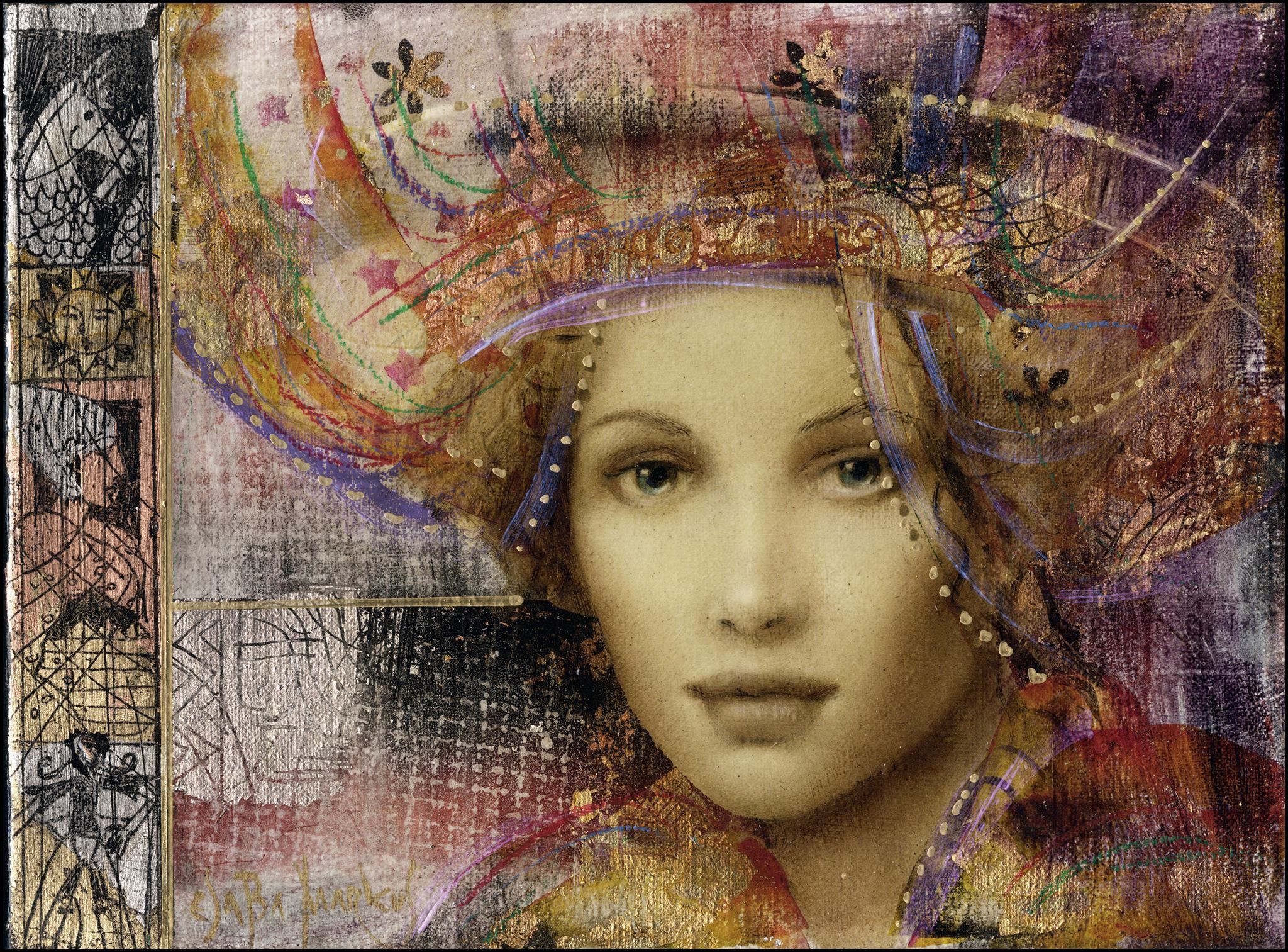Bruno Cerboni is an Italian artist who uses third millennium techniques and Artificial Intelligence to create his works.
Cerboni was born in Castel del Piano (GR) Italy.
Graduated in Engineering at "La Sapienza" - University of Rome, he has a 30-year career as manager of large companies and entrepreneur.
He has always been committed to the themes of innovation and information technology, and has been awarded the Italian National Innovation Award and the Red Herring 100 Europe.



.jpg)




